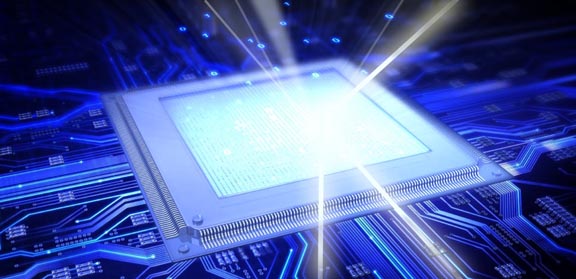
The process of cooling materials to cryogenic temperatures is often expensive and messy. One successful method is laser cooling, where photons interact with the atoms in some way to dampen their motion. While laser cooling of gases has been standard procedure for many years, solids are another issue entirely. Success has only come with a few specially prepared materials.
Having a laser annihilate something isn’t usually associated with chilling anything down. But a new experiment reduced the temperature of a semiconductor by about 40°C using a laser. Jun Zhang, Dehui Li, Renjie Chen, and Qihua Xiong exploited a particular type of electronic excitation: when the photons interacted with this excitation, they canceled it out, damping the thermal fluctuations in the material.
Laser cooling of gases transfers some of the kinetic energy of the atoms into photons they interact with. Successful laser cooling was achieved in glasses—solids without an ordered, coherent crystal structure—by embedding rare-earth atoms in the matrix. As with gases, the excitation of the rare-earth atoms produced the cooling. However, that method won’t work for every solid.
Read 6 remaining paragraphs | Comments
from Ars Technica
